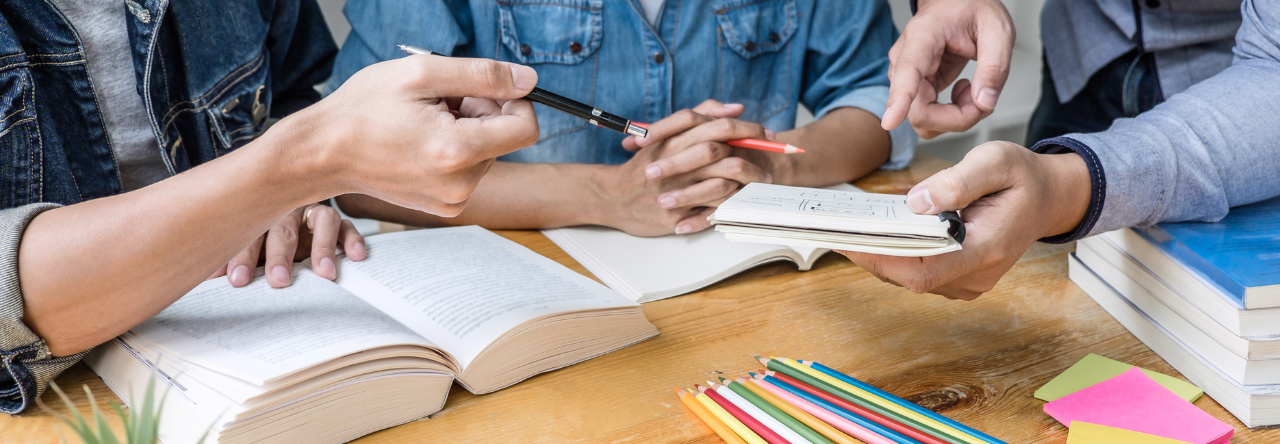First Person: Teacher in the Smog — Keeping Faith With Students After the Election
Each day, as my students leave my classroom, I bid them farewell with the words "Peace, love, and goodbye." It’s become one of my trademarks as a teacher, serving as both a blessing and a declaration of purpose for my class and myself.
However, in light of Donald Trump’s election, these words have taken on a deeper meaning.
When I arrived at school on Wednesday, I found myself unsure of what to say. As an educator, I knew that I had to address the election with my students. I teach at a public charter school in Baltimore, where the majority of my students are African American and come from low-income backgrounds.
The weight of this election was already burdensome for them as the school year began. Even as early as August and September, many of my students asked me if they would be sent back to Africa or if slavery would be reinstated if Donald Trump became president. I dismissed their fears callously, attributing them to misinformation spread through social media.
I had heard stories about the surge in racism, misogyny, Islamophobia, homophobia, transphobia, and xenophobia since Trump emerged as the leader in the Republican primaries. I considered myself fortunate to work in a positive school environment with a fairly homogeneous group of students. Earlier this year, when we read The Diary of Anne Frank and discussed Hitler’s rise to power in Germany, many of my students drew connections to Trump’s call for a national registry of Muslims. They would shyly raise their hands and say, "Ms. Phenicie, isn’t this similar to Donald Trump?"
I felt a sense of pride. I couldn’t help but indulge in that typical bragging teacher moment, telling my friends how wonderful my students were and how effective my teaching was. I believed that I had succeeded! I had made my subject matter relevant and timely. Furthermore, we could confront and overcome all these terrible phobias and -isms, leaving them behind us come November.
But that was in April, and now it’s November. In the days following Donald Trump’s election, all I have seen and felt is sadness and fear from both teachers and students at my school.
On Wednesday morning, we teachers gathered for a prayer session, a moment of reflection in the conference room. Our faces were blank, uneasy, almost ghost-like before we began praying. None of us knew what the day would bring, or how we could explain to our students that a world already unkind to them would soon become even harsher. How could we confirm their fears were not unfounded? How could we admit that we, too, were scared?
Traditionally, it is expected for teachers to always exude confidence and strength in front of their class. However, I have never felt this way. I believe that when teachers allow themselves to be vulnerable, albeit sparingly, it cultivates better connections with their students.
I taught in West Baltimore the day after the Baltimore Uprising in 2015. I was just as confused and anxious as my students. On that day, I did what I knew best. I baked muffins, expressed my love for my students, and engaged in a dialogue about how the recent events would shape us all for a long time to come. We talked. We embraced. We ate muffins. The next day, we resumed our eighth-grade English lessons.
So, when it came time to teach in the aftermath of Trump’s election, I did everything I could. I told my students that I loved them. I admitted that I was disappointed as a supporter of Clinton. I confessed that I, too, felt scared. The students opened up and shared their own stories of fear, hope, and concerns for the future. Some worried about losing their food stamps. One student asked us to stop vilifying Trump because her father believed he would "make them rich." A few Latina students feared deportation. Many students were afraid that Trump’s presidency would amplify the racism they already faced.
I reassured them that, regardless of what anyone outside our classroom said, we, as educators, deeply cared for their well-being and would support their success. I encouraged them to be kind to one another and to the world. I added "Be kind and good to each other" to my daily farewell benediction of "Peace, love, and goodbye."
Foolishly, I believed that this would be the end of it. But just like irregular verb conjugation or identifying the main idea of a text, the challenges posed by the Trump presidency would not disappear.
I was deeply disturbed by the violations of decorum and respect in our classroom, and I expressed my concerns, but it seemed to be in vain. Over time, cruelty and maliciousness have seeped into our previously positive environment.
It may be tempting to dismiss the connection between Trump’s victory and the behavior of my students as a mere correlation, rather than a causation, since middle school children can often be unkind or suddenly moody.
There may be some truth to that, but there is also a new atmosphere of negativity in our school. Our students are enveloped in an environment where it is suddenly acceptable to mistreat each other, as if that is the way to get ahead.
I cannot allow this to continue, and neither can my students. We will persist in our fight against racism, misogyny, and all other social ills. We will confront each other when hateful speech occurs. We will hold each other accountable for any acts of unkindness. We will encourage each other to act with love. We will strive to embody the principles of "peace, love, and farewell."
At this moment, it is our best chance.
Maggie Phenicie is an English teacher in a middle school within the Baltimore City Public Schools system. She is also the sister of Carolyn Phenicie, a reporter for 74.
